Ciao Venezia! Making our way down in a flight from Lyon, we were greeted by an airport transfer by the water vaporetto - Venice promised to be unique. And it truly was, a city built on water and canals, which specifically no room for horse-drawn carriages or vehicles to move through. From the boat, Venice seems like a quiet beauty, an untamed gem….but this doesn't last very long, for you are thrust straight into the hordes of tourists the moment you get off at your stop. Armed with an old guidebook wedged in between other dusty books in the apartment we stayed in, we planned an impromptu itinerary. Felt a bit like a moth to the flame when we went to renowned places like Rialto fish market, San marco, Badoer-Giustiniani chapel and Dodges palace on the first day, but we slowly deviated and started steering off the beaten path (albeit getting lost in the complex maze structures half the time).
Can't imagine how wild and scandalous this place might have been in the past! Beyond the tacky gondola rides, Venice offered an aura of romance and has so much hidden history that many just ride past. It is in fact one of the most fascinating cities around, built in a lagoon off the North Eastern coast of Italy and of course, on a series of slowly sinking islands.
The Rialto bridge (or fondly known as Ponte di Rialto) is one of the 4 bridges spanning across the Grand Canal. As the oldest trademark bridge, it divides the districts of San Polo and San Marco. It has a stone bridge facade designed by Antonio da Ponte, and is one of the architectural icons of the city since 1591.
Making our first pitstop in Italy for gelato was a darn good choice - great for cooling down on a hot day! Caramel and Vanilla, yum. Sat by the canal for a refreshing change of scenery and resting our exhausted feet after half a day of scuttling about while my parents stayed in.
Walked around the main square, San Marco and Rialto fish market by the Grand Canal. Rialto is in the geographic heart of Venice, and the oldest settled part of the city - hence, a good place to start exploring from. In its heyday, Rialto was a world-famous commercial center, renowned for its exotic markets and news gossip. Unfortunately, the Pescheria market (fish market) had already packed up the time we arrived....and we also missed it the day after because we couldn't wake up in time. It opens from 7:30am - 1pm from Tuesday - Saturday.
Despite that, it was interesting just to walk through the Neo-gothic fish market hall (read: architectural beauty), with the fishy smells still hanging fresh in the still air from morning. It was a pity to have missed the variety of seafood sold, from swordfish to fresh tuna to even eels!
Itching for a vitamin boost, we bought some fresh strawberries from the nearby produce stalls in the Rialto market - they were extremely sweet and juicy, fly me back now! The colourful piles of seasonal fruits ranged from cherries to tangerines and even peaches, and the market is open from 7:30am - 1pm on Monday - Saturday. However, many stalls are still open even past the opening hours. Both the fish market and the produce stalls are located North west of the Rialto bridge in the district of San Polo, next to the Grand Canals.
Once again, sat by the river to watch people on gondolas driving by - peaceful.
The riverside is continuously bustling and full of activity, with a wide variety of restaurants and museums to tingle your gastronomical and cultural taste buds alike. Think al fresco dining under striped umbrellas and wine.
Being in Italy means you're straight in pasta heaven. But contrary to popular belief, Italian pasta isn't always great - it depends very much on where you end up eating. Most meals we had cost about 8-15 euros per pax, which was rather steep (definitely more expensive at the touristy places, and you're not necessarily paying for quality). Try steering to the smaller establishments, and not the chain cafes.
Walking along Rialto bridge gets you a good view of the Grand Canal, which winds through the city from the main San Marca square to the far West. There are many vaporetto stops (water taxi service) along the river, it being the main form of transportation for the residents and tourists. The Grand Canal continues to be the trademark thoroughfare of Venice for many years to come. I love how the golden hour busks the shophouses in a golden crimson hue, with pastel gradients painted across the sky. We don't get to see much of the sky in Singapore because of our high rise apartments and skyscrapers, so when I'm overseas I'm always very appreciative of the vast azure sky.
St. Mark's square, or fondly known as Piazza San Marco, is the principal square of the city. The other urban pockets within Venice are often called Piazzetta or Piazzale (or known as "campi") as they are much less grand and are not located in the heart of Venice. The square is often regarded as one of the most beautiful squares in the world and remains as the city's grand symbol and attraction.
The first thing that caught our fancy when we were having our after dinner stroll through the square, was the various live performances that showcased musicians belting out classical (and evergreen) pieces ♥ The piazza is a popular place for both tourists and locals, where al fresco cafes line the perimeters and feature live music by night. Needless to say, we fell in love with the place and subsequently came back every night.
The waterfront is bustling in the day, but gets quiet and cold by night. Before other forms of transportation became popular, the area was the main entrance through which visitors could get access from the mainland.
The ambience of St. Mark's square in the day is rather different, the piazza is lined with the same restaurants but throngs of tourists and street peddlers populate the area. The sides are bustling with activity, with migrant workers selling makeshift toys to unknowing tourists and a dozen other people taking pictures. The architectural giants of Dodges Palace, Basilica di San Marco and the Campanile bell tower come alive to receive visitors from far and wide.
At the eastern corner of the piazza, the Basilica di San Marco stands majestic in the sunlight, with the church's ornate marble fascade standing out as one of the major icons of the city. The interior is gilded and extremely intricate in design, earning it its reputation of being the golden church of Venice. Housing many treasures, some of which have religious significance, a visit should take about half an hour. The queue looks deceivingly long from the outside, however its runs pretty fast. Visitors are recommended to respect the sacred place, and to wear appropriate clothes for the place of worship (if not, sacks will be given out to cover respective parts of your body); luggage cannot be admitted; and photography and filming are forbidden.
Standing tall and erect opposite the Basilica is the Campanile, St. Mark's bell tower. It was initially used as a lighthouse or a watch tower for the coast, however it has not been in use since its collapse in 1902. The current tower is a reconstruction of the original form, having a pyramidal spire capped at the top with a golden weathervane.
The Dodges Palace (Palazzo Ducale) was the official residence for the Ducale, doges who were elected as the leaders of Venice. Adopting a 15th century exterior design, the palace is open to the public on a daily basis - having ornate interiors and grand rooms. The murals and ceiling artworks are painted by renowned Italians artists such as Carpaccio, Tintoretto and Titian.
Dodges palace
Straight across the piazza lies the Torre dell'Orologio on an early renaissance building, which is said to be one of the most mechanically and architecturally complex tower clocks ever constructed, described to be "made with great skill, and very beautiful" by Marin Sanudo, a Venetian historian. The tower clock was built in the 15th century, and displays phases of the zodiac and the moon, with the 2 bronze moor figures striking the bell each hour. Rumour has it that the engineers who constructed the clock had their eyes gorged out, so that they were unable to reconstruct similar clocks of equal marvel.
The Campanile spots excellent views of the city and the cluster of islands such as San Gorgio, Lido and Murano. Do note that it can get very noisy at certain times of the day when the bell rings, so you can plan your visit around the scheduled bell rings. Worth the 6 euros to get a good view and cool breeze.
Another iconic bridge of Venice is the Bridge of Sighs (Ponte dei Sospiri). The name was given by Lord Byron in the 19th century, as the bridge was the last view of the city that prisoners saw before their impending imprisonment in cells. Made of white limestone, the bridge spans across the Rio di Palazzo and connects the New Prison to the interrogation rooms in the Doge's Palace. Legend has it that lovers will have a lifetime of happiness and bliss if they kiss on a gondola at sunset under the Bridge....while the bells of the Campanile ring ♥
Although small in size, Venice packs a punch with its cultural dwellings and architectural icons - till Part II, ciao! ♥


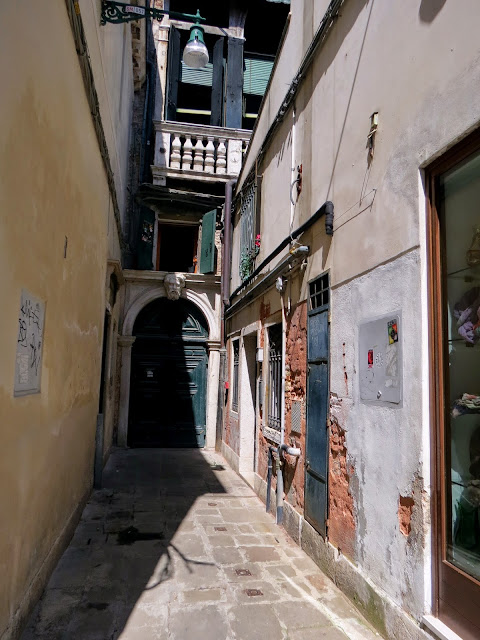



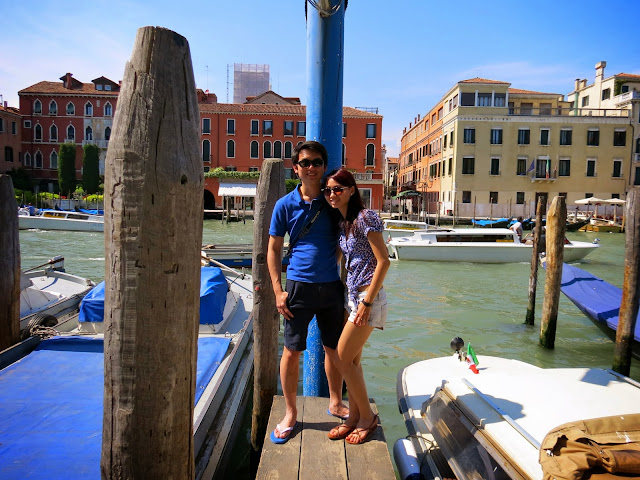



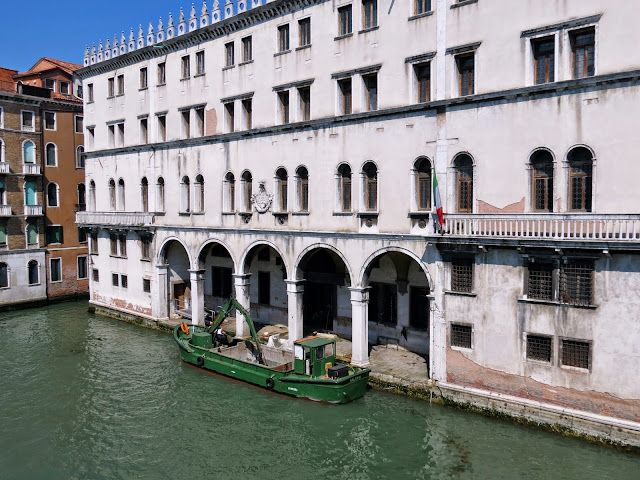








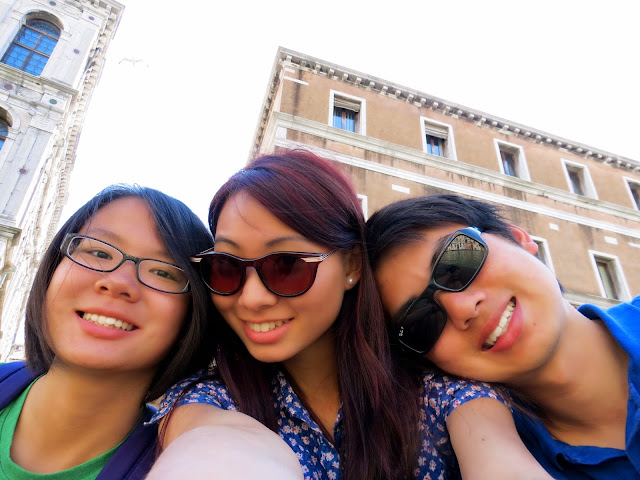
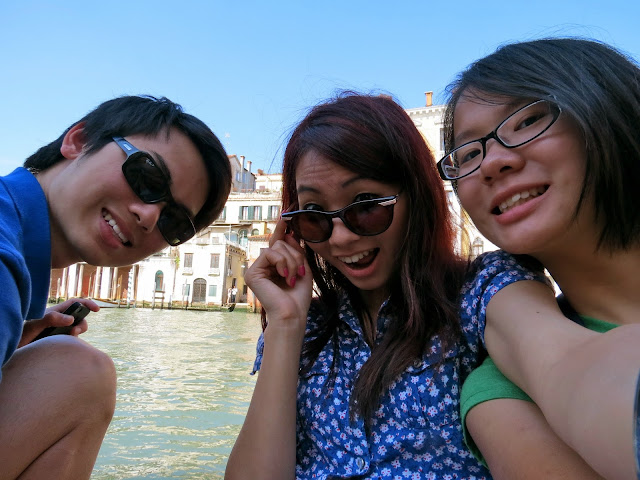

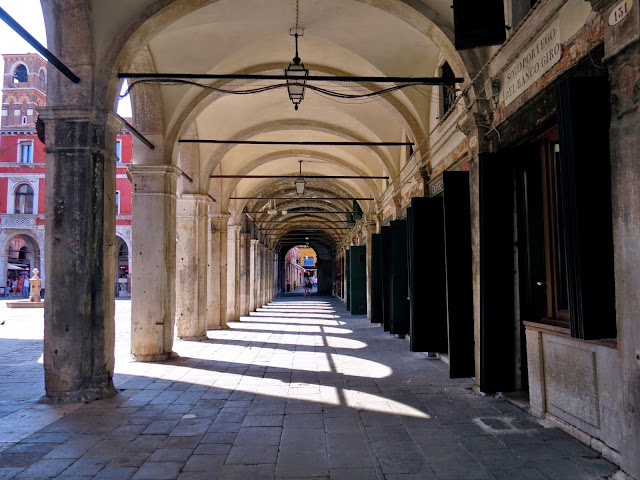















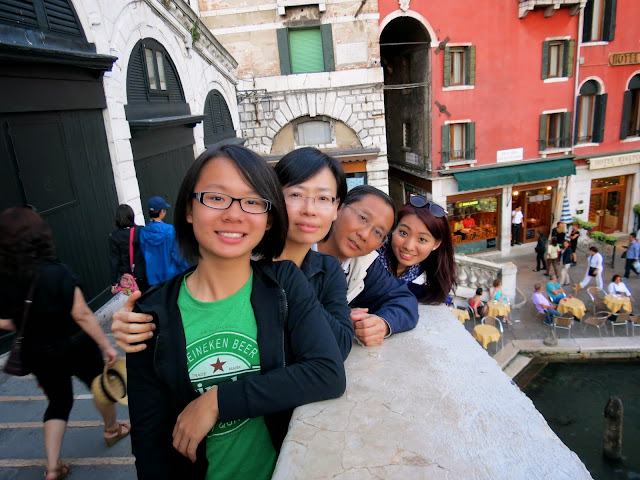
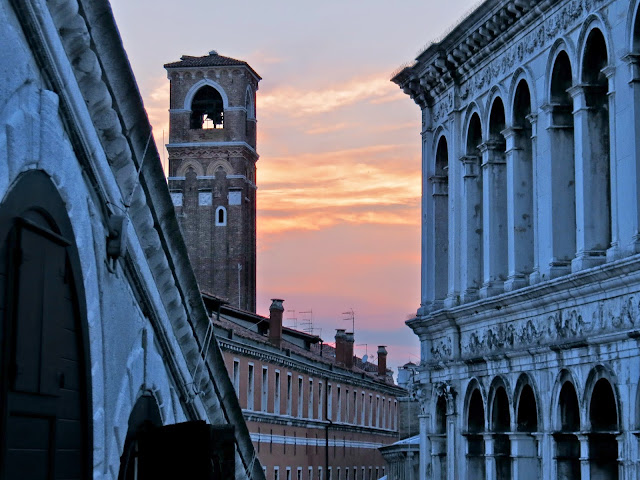








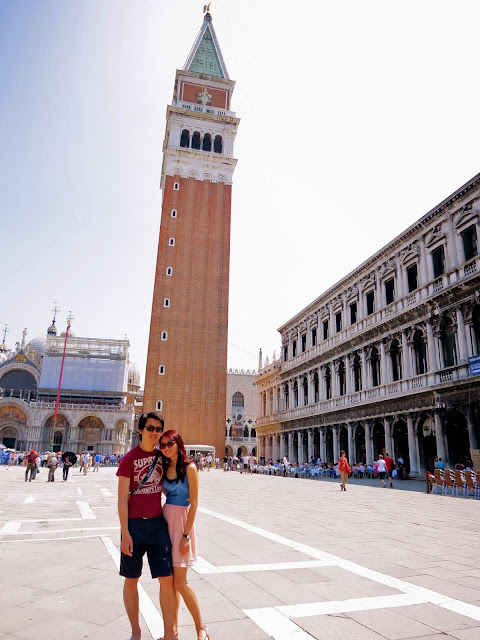




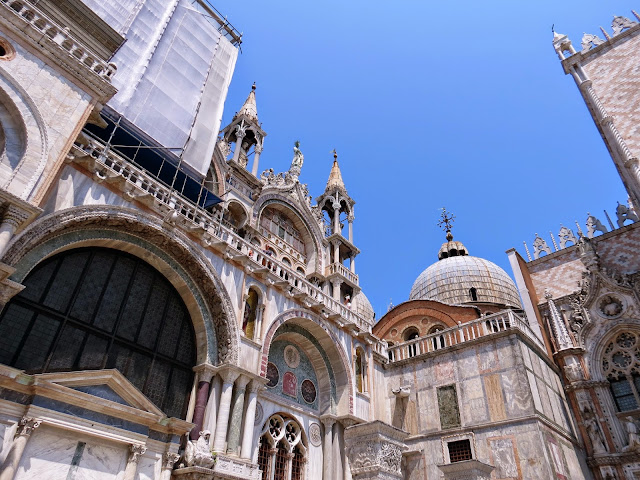

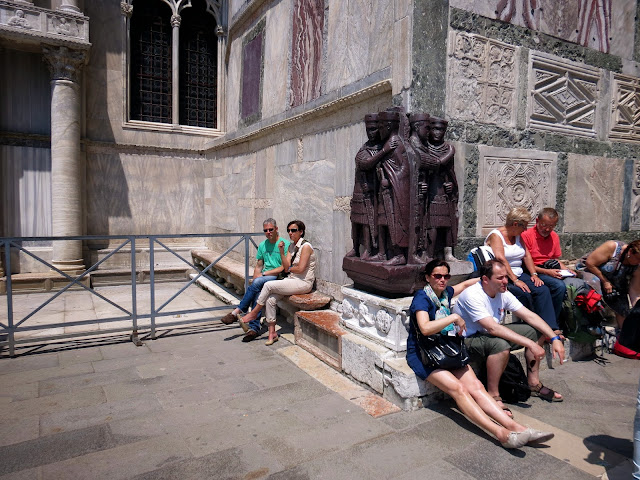

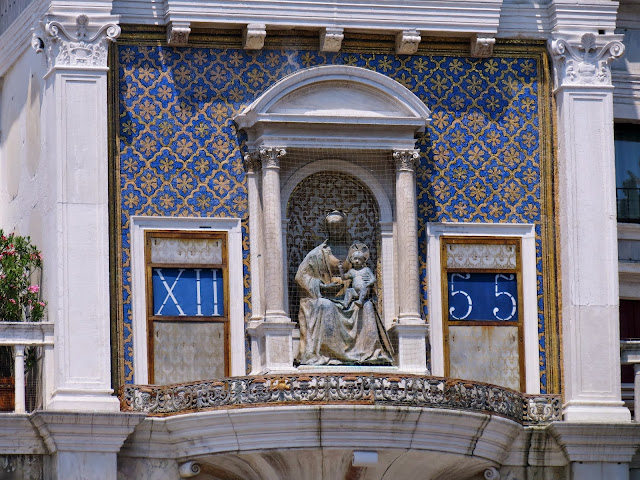


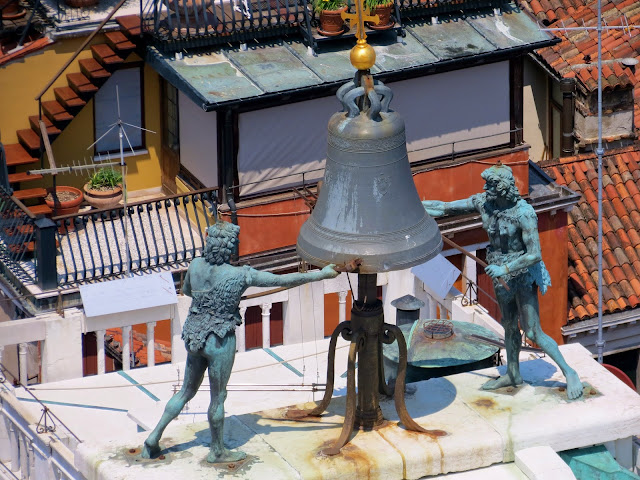

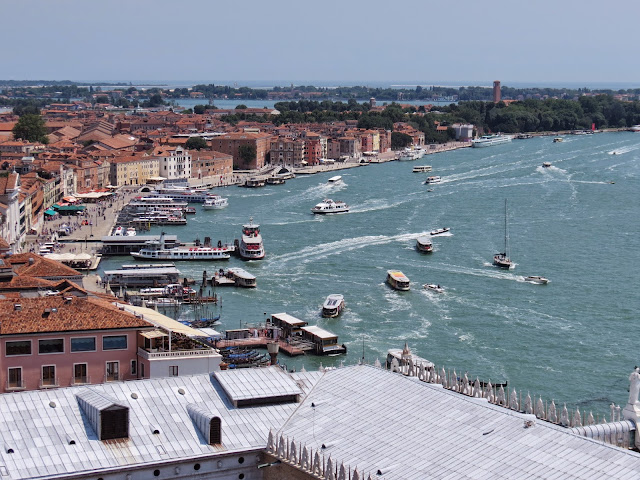












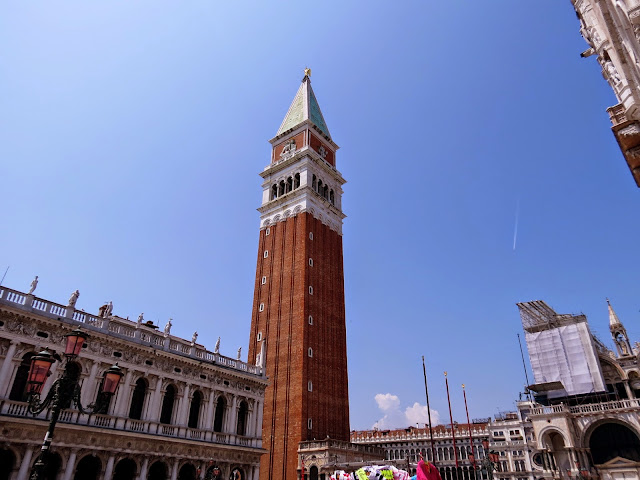







No comments :
Post a Comment